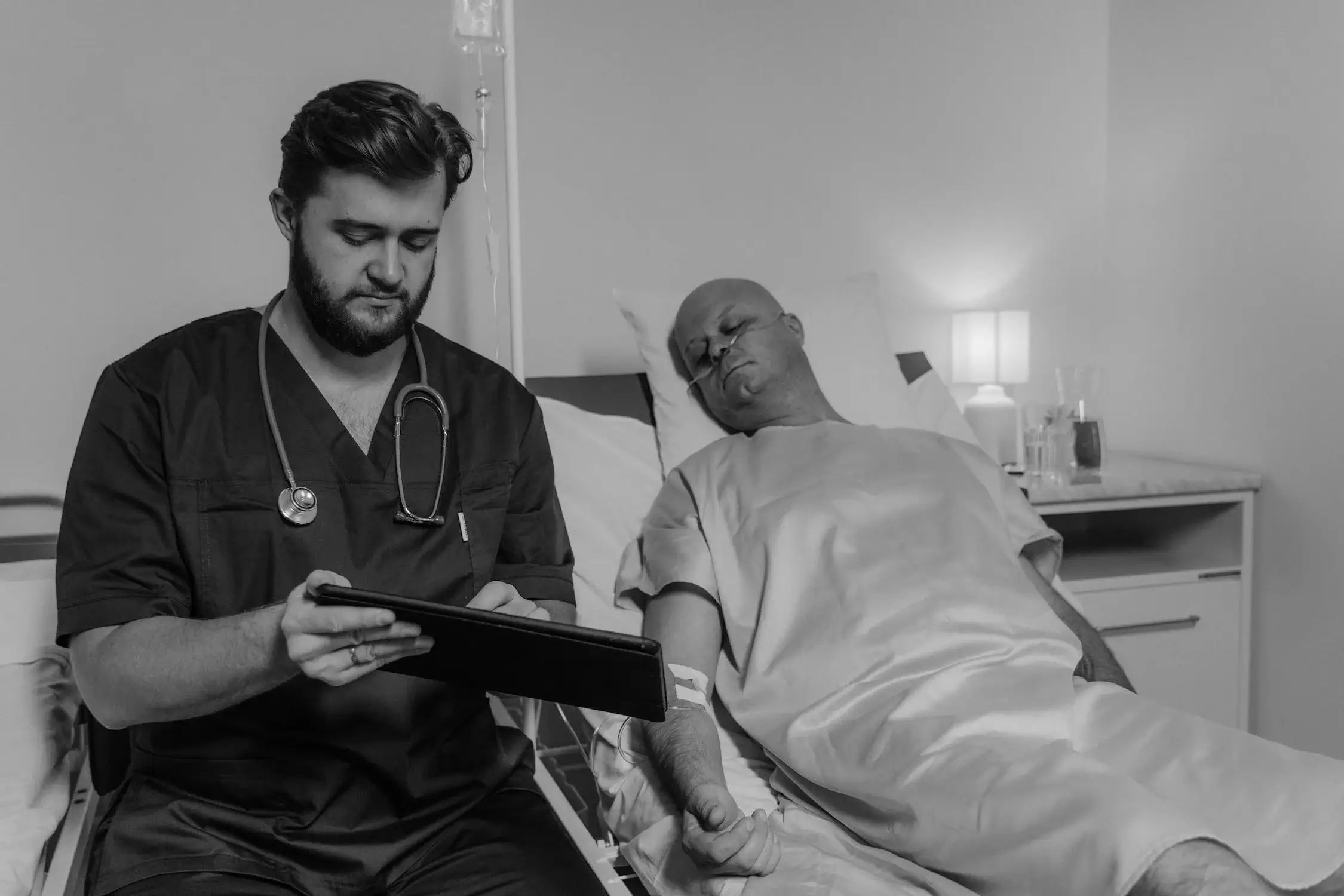A prognosis is an opinion your doctor and health care team can give to you based on how likely your cancer can be cured, what the chances are of a total recovery, and how long you are likely to live if the cancer cannot be cured. A limited prognosis, meanwhile, differs to both a cancer diagnosis and prognosis and means that a doctor believes the chance of recovery from cancer is lower.
Prognosis Vs Limited Prognosis: What's the Difference?
If you have been told that you have a limited prognosis due to cancer, it means that in the opinion of your health care team, there is a lower chance that you will recover. This is often the case with a cancer tumour that has already spread to other parts of your body (metastatic cancer), or if the type of cancer that you have is very aggressive, meaning it will likely grow and spread very quickly.
It is important to remember that a prognosis is not guaranteed. It is a well-informed opinion a doctor provides based on experience and research. Many people, despite having a poor prognosis, do outlive predictions. Everyone is different and responds differently to cancer treatments. For this, and other reasons, a prognosis may not be given to a patient. Having a poor prognosis can be overwhelming, so some patients prefer to not have one. Yet, others do like to know in order to prepare for what may lie ahead, such as finances and arrangements for potential future care.
What Affects My Prognosis?
Your disease prognosis depends on many things. For example:
- What type of cancer it is
- Where it is situated in the body
- Whether it has spread beyond the primary site
- How far the cancer has spread
Aggressive cancers have poorer prognoses than others as they are more likely to grow quickly and spread. Your prognosis also depends on your age, your state of health, and how you respond to the cancer treatment you are given. A good response to treatment usually comes with a better prognosis.
What Are the Different Ways a Prognosis Is Defined?
A cancer prognosis can be defined in several ways:
- Cancer-Specific Survival: This is also referred to as the “survival rate” of a particular kind of cancer. It is described in terms of the number of patients who are alive despite their cancer, after a certain number of years. Survival rates are usually described in the space of 5 years but you also will hear of 10 and 15 year survival rates and more.
- Relative Survival: This estimates the percentage of cancer patients who have remained alive after a certain period of time after diagnosis, but compares this to people who don’t have cancer.
- Overall Survival: This describes the percentage of people with a specific type and stage of cancer who are alive and have not died from any cause after a specified time after diagnosis.
- Disease-Free Survival: This describes the percentage of people who have no signs of cancer after a certain period of time after treatment. It is also called “recurrence-free” or “progression-free” survival.
What Is Palliative Care?
Palliative care involves treatment that will not cure cancer. It is designed to minimise or eradicate symptoms and to help people to live a more comfortable life even as the cancer continues to potentially grow and spread. Palliative treatment is considered if a limited prognosis has been given.
At the end stage in the palliative care journey, it may also be an option to consider hospice care. This is “end of life” care which can be at a hospital or specialised hospice facility or even in one's own home. It can provide better comfort for those who are no longer responding to treatment. Some types of palliative care also provide extra support for loved ones.
Getting a Limited Prognosis
This can be a very scary and overwhelming time for any person. Speak to your healthcare team to help you to get the best possible emotional, psychological, physical and practical support that you can during this difficult time. There are many support groups and communities of people who have been through similar experiences that you may be able to draw strength from.


 71–75 Shelton Street, Covent Garden, London, WC2H 9JQ
71–75 Shelton Street, Covent Garden, London, WC2H 9JQ +44 (0) 20 3376 1032
+44 (0) 20 3376 1032



